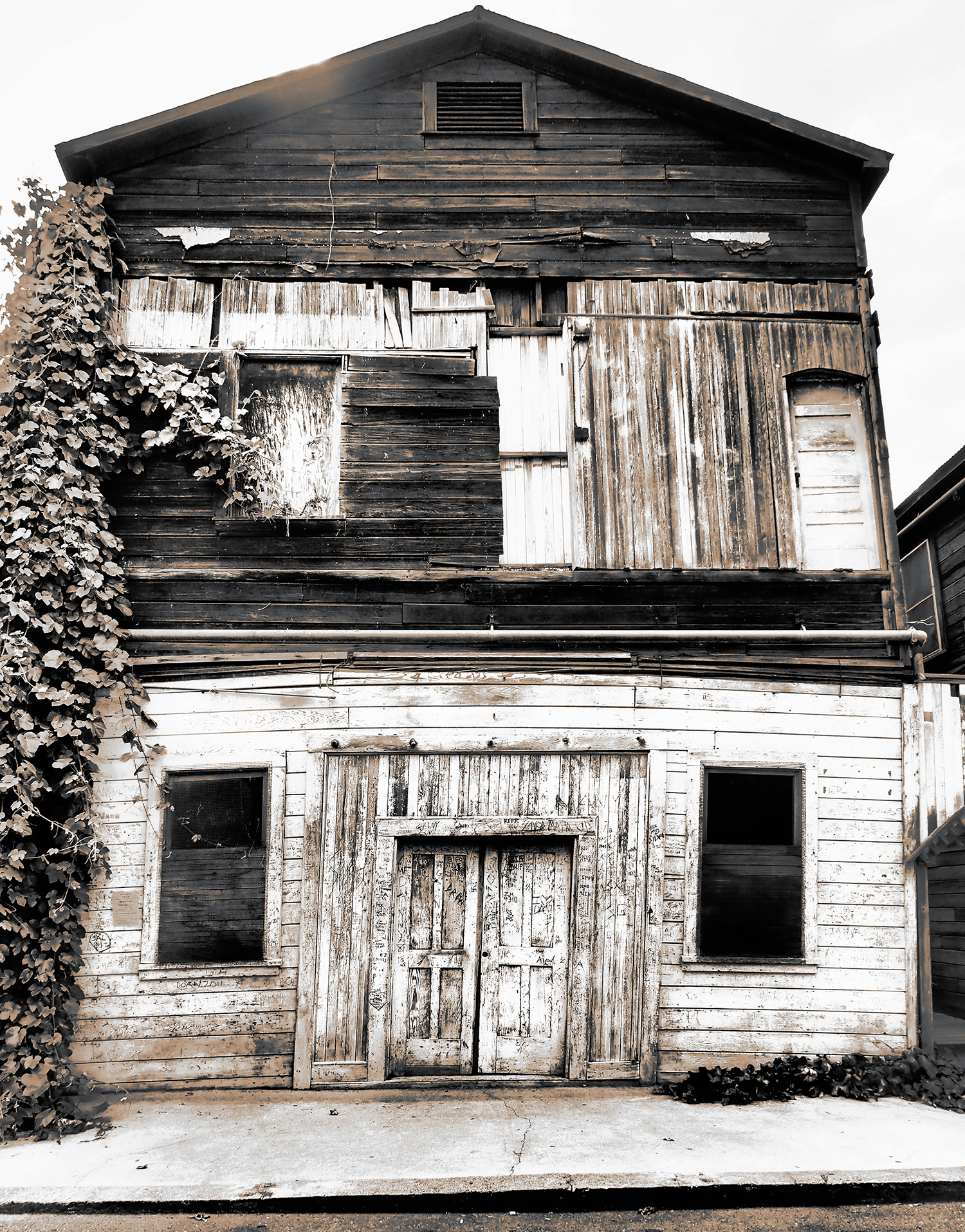The community gathered for the opening of the Locke Chinese School in 1926, in an image scanned from the book “Bitter Melon.” Sacramento River Delta Historical Society
‘This was our place:’ California’s last Chinese town faces uncertain future
Perched along a river bank in the California Delta is the only surviving town in the U.S. to have been built by and for Chinese.
The tiny community of Locke traces its origins to this week in 1915 when the Chinatown in nearby Walnut Grove was destroyed in an accidental fire. That prompted a group of displaced Chinese to take a lease from a landowner named George Locke and create a place of their own just up the river.
Locke became a rare sanctuary from the anti-Chinese racism then rampant in California.
Chinese laborers had flowed into the delta region starting in the 1860s to do the grueling work of reclaiming the flood lands for agriculture. Many stayed to work the crops.
In a 1983 interview published in “Bitter Melon,” an oral history of Locke, a longtime resident of the delta, Bing Fai Chow, recalled the hostility they faced: “We never dared to walk on the streets alone then — except in Locke. This was our place.”
In its heyday, between the 1920s and ’40s, Locke was home to more than a thousand Chinese residents. On the weekends, the population would swell as visitors arrived to indulge in the town’s gambling halls, brothels, and opium dens.
Today, Main Street’s two-story clapboard buildings stand essentially as they did in the old days, if now crumbling under the weight of time and neglect. The Star Theater, which once showcased Chinese opera, lists precariously to one side.
A foundation was set up in 2004 to forestall Locke’s descent into a ghost town. But its fate is far from certain. At last count, the population had dwindled to less than 80. Just 10 or so were Chinese.
This article is from the California Sun, a newsletter that delivers California’s most compelling news to your inbox each morning — for free. Sign up here.
Get your daily dose of the Golden State.

